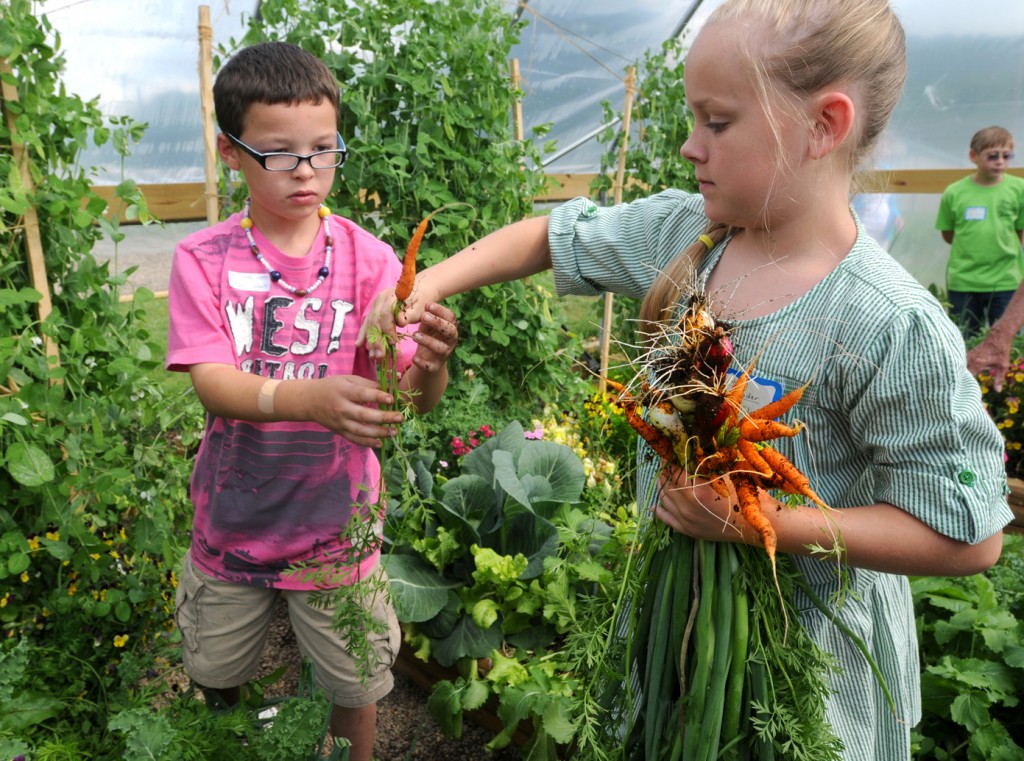The West Virginia Department of Environmental Protection’s (WVDEP) Eighth Annual West Virginia Environmental Teachers of the Year Awards were handed out recently to elementary, middle and high school educators.
The teachers are being honored for going above and beyond in promoting environmental awareness in their classrooms, schools and communities, said Tom Aluise of the Youth Environmental Program at the West Virginia Department of Environmental Protection.
“Maybe their parents have already made up their minds about things,” Aluise said. “But these students, they’re teachable, and they’re in some cases like sponges. So if we can give them the tools that they need and the information that they need to make the right decisions about the environment, that’s what we’re hopeful of doing.”
Tracy Arnold of Leading Creek Elementary in Lewis County works with her students on an annual stream study of Leading Creek. Her young citizen scientists analyze water quality data and report their findings to the WVDEP. Arnold also organizes litter cleanups on the creek.
“She also organizes this really wonderful festival on World Water Day, which is in March every year,” Aluise said. “She involves the entire school and brings in different presenters from environmental agencies, and they interact with the kids. It’s turned into a really, really big day, and she organizes that every year.”
Cindy Booth of Kermit PK-8 in Mingo County helps her students maintain seven raised beds on campus, where they grow vegetables and incorporate sustainable gardening practices along the way. In addition, Booth’s classes are responsible for upkeep on the school’s pollinator garden.
“She’s really special because Mingo County doesn’t have a recycling center,” Aluise said. “She actually lives across the river in Kentucky, so she collects recyclables at her school and actually transfers them herself to her recycling center that she uses in Kentucky. She’s setting a great example for her students.”
Melody Hubbard of Clay County High School was selected for her work in forming the Buffalo Creek Watershed Club at her school. She brought together students from all backgrounds to unite for a common cause – learning about past and current water quality issues in Buffalo Creek. The club works with state agencies to improve the watershed through proactive approaches, such as monitoring and stream cleanups. Buffalo Creek is a tributary of the Elk River.
“They’ve learned a lot about the past history of that area, how that history has impacted water quality on Buffalo Creek,” Aluise said. “They’re doing their part to improve the water quality there and the community there in Clay County.”
All three teachers will receive a $500 personal award and a $1,000 check to promote STEM (Science, Technology, Engineering and Math) education at their schools.
